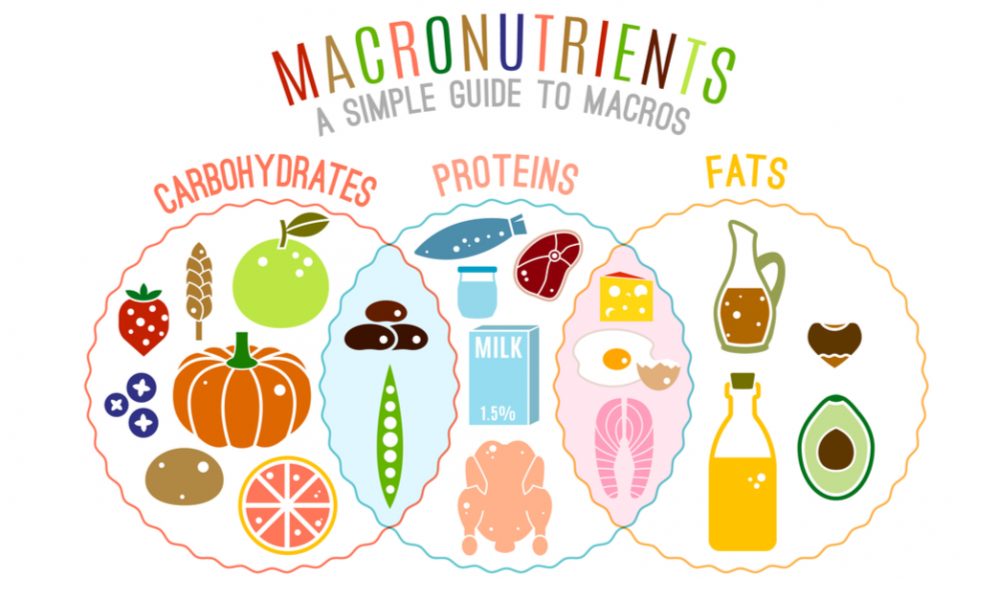While you begin talking about getting in shape, there are likely two words that come to mind – exercise and diet. In most cases, one goes with the other, and most health experts agree that if they had to stress the importance of one of these over the other, that diet would win – hands down.
This is a top reason that counting your macros is so essential. If you are serious about getting in shape, this is a must.
Even though counting calories can help you lose weight, if you want to achieve optimum fitness and total health, you need to look beyond the calories and realize they aren’t all created equal. If you want to see the best possible results in your wellness and fitness journey, it’s time to learn more about macros.
What Is a Macro?
Before tracking macros, you need to understand what they are. A macro is a short way to say macronutrient. It refers to counting the precise amounts of fats, protein, and carbohydrates you eat in a single day.
This is something many elite bodybuilders and physique competitors do, and it’s also popular with CrossFit competitors. It’s important not to confuse macronutrients with micronutrients, which are vitamins and minerals.
Protein
There are several nutritional regimens and diets “out there” today that focus on protein. There is a good reason for this. Protein intake helps build muscle and prevent muscle loss if you aren’t getting enough calories, it helps to control your hunger and helps you feel fuller, longer. It also requires more energy from your body to fully digest compared to other macronutrients, which means more calories are burnt through digestion.
The top sources of protein are eggs, fish, dairy, meat, and protein shakes. The amount of protein you should consume daily is dependent on your specific goals and your lean body mass.
Fats
Not too long ago, the health world waged war on fat. At this point, low-calorie diets seemed like the best option to eat healthily. However, today, everyone knows there are good fats and bad fats. When counting macros, fats means both of these.
Fat is the second macronutrient and is needed to absorb minerals and vitamins, to regulate hormones, and to help with brain function. You can get fats from many sources, including avocados, fatty fish, oils, nut butters, nuts, and meats. Like protein, the amount of fat you need is dependent on your body fat percentage, weight, and fitness goals.
Carbohydrates
This is the last of the three essential macronutrients. While carbs were the enemy for a while, they are needed in any diet. Carbs are necessary for muscle, liver, blood, and brain energy.
If you want to ensure you consume a balance of these macronutrients and achieve an optimum level of health, consider a macro bowl. You can also consider food services that provide pre-made meals with specific macro counts. This is a way to make counting and tracking your macros easy.
